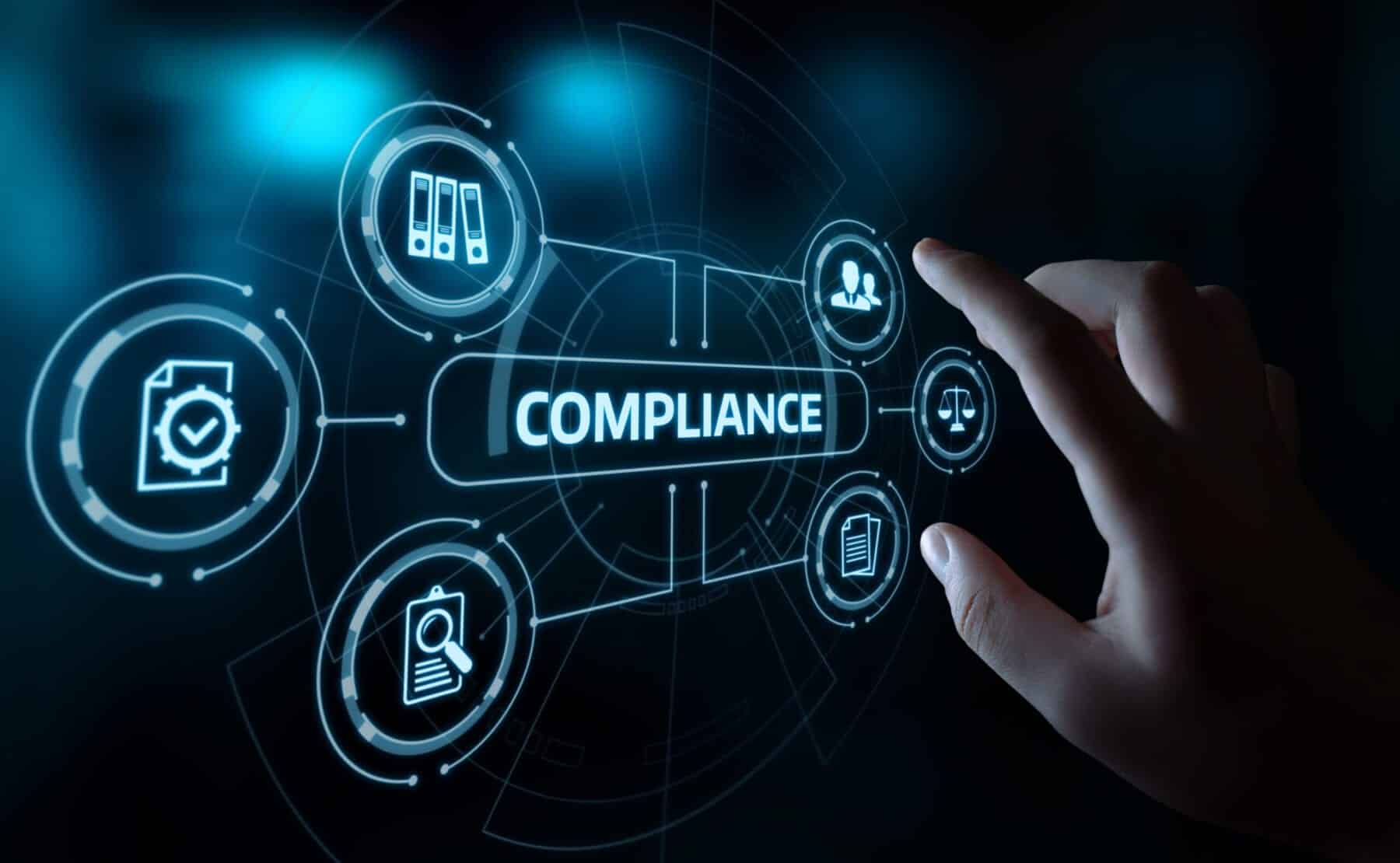If a business is intending to do work with the Department of Defense (DoD) or another federal agency, there are certain protocols that have to be in place for data security.
These protocols are put forth in guidelines created by the National Institute of Standards and Technology (NIST), and are called the NIST Cybersecurity Framework.
Being NIST compliant is a standard requirement for government contractors if they want to do business with DoD or other government agencies. While the framework of guidelines can seem complicated at first glance, they’re actually designed to be comprehensive.
Being compliant with NIST can also help compliance with other security standards, such as HIPAA or GDPR.
Below, are the basic steps to follow for compliance using the NIST Cybersecurity Framework.
Understanding NIST Compliance
Review the NIST Overview
Your first step will be to understand how the NIST Cybersecurity Framework for compliance works.
It includes three main components:
- Core: A set of desired cybersecurity activities and outcomes
- Implementation Tiers: Offers guidance on different levels of IT security activities based on things like company size, budget, risk appetite, etc.
- Profiles: These are the unique alignment within an organization of security with requirements, objectives, and resources.
The Framework’s Core is going to help you organize different areas of protection within your IT infrastructure. It consists of:
- Identify
- Protect
- Detect
- Respond
- Recover
In the next steps, we’ll break down what each of those means for your NIST compliance activities.
Identify: Understand Vulnerabilities & Potential Threats
You need to understand where your IT infrastructure may be lacking and where potential threats can come from.
This requires a risk assessment for cybersecurity that uncovers your areas of vulnerability and includes an action plan in the form of a risk management strategy.
If your business needs to comply with any other regulations, such as those in the financial or healthcare industries, this should also be a part of the Identify step.
Protect: Develop & Implement Safeguards
Next, using the information obtained when identifying threats, you want to put proper protections in place for everything from network security to cloud login management.
The NIST Cybersecurity Framework includes detailed steps for multiple security safeguards you can implement. The main categories within this function are:
- Identity management and access control
- Awareness and training
- Data security
- Information protection processes and procedures
- Maintenance
- Protective technology
Detect: Implement Safeguards to Detect Attacks
You need to have a way to detect when an attack on your network is happening, which is the focus of the Detect function in the NIST guidelines.
This includes putting systems in place that can detect the occurrence of a cybersecurity event, whether an attack is happening on a server, network firewall, or employee mobile device.
Examples of some of the categories within the Detect step include:
- Anomalies and events
- Security continuous monitoring
- Detection processes
Respond: Create Action Responses to Mitigate Attacks
Being able to respond to attacks in a timely manner is also a vital part of any strong cybersecurity strategy. If your detection plan sends an email to an administrator that is off on the weekends, your entire network could be breached before they come back in on Monday morning.
Automated threat response is becoming the norm in IT security protections and this falls squarely in this Respond function of the NIST Framework.
Some of the activities and outcomes within this area include:
- Response planning
- Communications
- Analysis of threats
- Mitigation
- Response improvements
Recover: Build Resilience Into Your IT Infrastructure
No cybersecurity plan is complete without the realization that despite all best efforts, a company’s network can still be successfully attacked. This last stage addresses business continuity and building resilience and fast recovery into your cybersecurity strategy.
In this area, you’ll be addressing:
- Recovery planning
- Improvements to resiliency
- Restoration communications
Some of the recovery protocols that are standard include having a good backup and data recovery strategy, putting a business continuity plan and guide in place, and doing disaster recovery drills to ensure your team knows the steps to take after a ransomware attack, data breach, or other cybersecurity incident.
Cross Reference Your Activities with the NIST Framework
The NIST Cybersecurity Framework takes you through each of the core steps above for identify, protect, detect, respond, and recover activities. It also cross references other standards and tiers that you can use as a reference.
This is helpful because it keeps you from missing any vital areas of NIST compliance and allows you to work within the best tier of protections that makes sense for your organization.
Let Leverage IT Group Take NIST Compliance Off Your Plate
We have compliance experts on our team that know the NIST Cybersecurity Framework inside and out. We’ll help your business with compliance, auditing, and more.
Contact us today to schedule a free consultation. Call (469) 458-0559 or reach us online.

